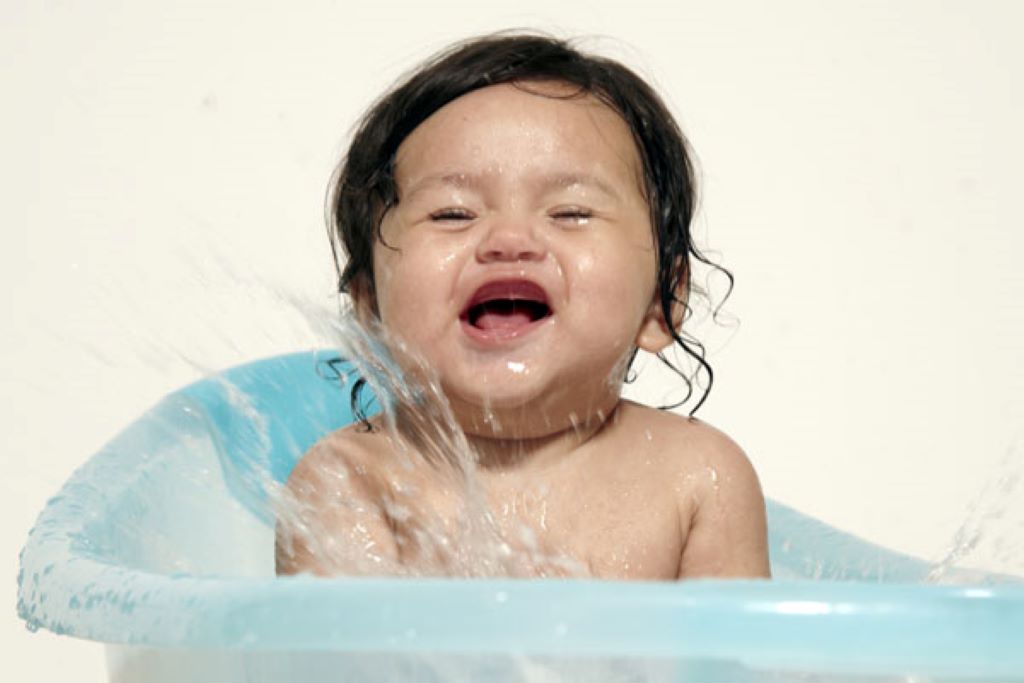Bathing your baby is an essential part of their daily routine, providing a chance to clean them, soothe them, and bond with them. However, for new parents or caregivers, it can also be a source of anxiety. This comprehensive guide will cover everything you need to know about baby bathing basics, from safety tips to step-by-step instructions.
Safety First
Safety is paramount when bathing your baby. Here are some essential safety tips to keep in mind:
- Never leave your baby unattended in the bath, even for a moment. Babies can drown in as little as an inch of water.
- Test the water temperature before bathing your baby. The ideal water temperature for a baby bath is between 90 and 100 degrees Fahrenheit (32 and 38 degrees Celsius). Use a bath thermometer to ensure the water is not too hot or too cold.
- Gather all necessary supplies before you start the bath. This includes a washcloth, baby soap or cleanser, a towel, and a clean diaper.
- Use a non-slip mat in the bathtub or sink. This will help prevent your baby from slipping and falling.
- Support your baby’s head and neck at all times. Newborns and young infants have weak neck muscles and cannot hold their heads up on their own.
- Be gentle when washing your baby. Their skin is delicate and easily irritated.
Related: When to Start Preparing for Baby Arrival? Getting House Ready for Baby
Step-by-Step Instructions
Here’s a step-by-step guide on how to bathe your baby:
- Gather all necessary supplies.
- Fill the bathtub or sink with 2 to 3 inches of warm water. Test the water temperature with your wrist or elbow.
- Undress your baby and gently lower them into the water. Support their head and neck with one hand and their bottom with the other.
- Wet your baby’s hair and scalp. Use a washcloth to gently wipe their face, starting with their eyes and working your way outwards.
- Shampoo your baby’s hair. If you’re using shampoo, use a small amount and lather it gently. Rinse thoroughly with clean water.
- Wash your baby’s body. Use a washcloth and mild baby soap or cleanser to gently wash their body, paying special attention to the creases in their skin, such as their neck, armpits, and groin.
- Rinse your baby thoroughly with clean water.
- Gently lift your baby out of the water. Wrap them in a towel and pat them dry.
- Apply lotion or moisturizer to your baby’s skin if needed.
- Put a clean diaper on your baby and dress them in warm clothes.
Additional Tips
- Bath time should be a fun and relaxing experience for both you and your baby. Sing songs, talk to your baby, and make eye contact to help them feel safe and secure.
- You don’t need to bathe your baby every day. Two or three times a week is usually sufficient, unless your baby is particularly dirty or sweaty.
- If your baby has a dry or sensitive skin, you may want to use a fragrance-free soap or cleanser.
- If your baby has cradle cap (a common condition characterized by scaly patches on the scalp), you can use a mild baby shampoo to help loosen the scales.
Can a 1-Year-Old Go in a Jacuzzi?
A 1-year-old should not go in a jacuzzi, as they are typically too hot for babies and young children, and the jets can be dangerous. Additionally, the chemicals used to sanitize the jacuzzi can be harmful to a baby’s delicate skin. If you’re wondering can a 3 year old go in a hot tub, it’s generally safer to wait until they are older and can tolerate the heat and chemicals. Click here to learn more about hot tub safety for children.
Conclusion
By following these tips, you can make bath time a safe, enjoyable, and bonding experience for you and your baby. Remember, every baby is different, so it’s important to find a routine that works for you and your little one.
Disclaimer: This article is for informational purposes only and should not be considered medical advice. Always consult with your baby’s pediatrician if you have any questions or concerns about their health or well-being.
Sources





Average Rating